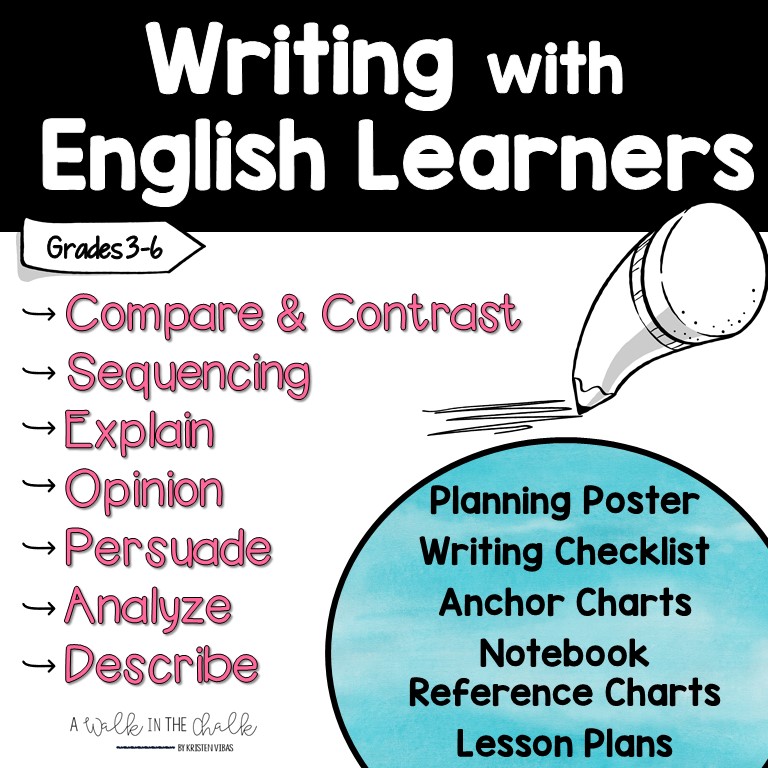5 Essential Elements to a Classroom Setup
Setting up my classroom so that my students WANT to be there is always a goal, but even more important is setting up so that I want to be there. I like to incorporate elements that bring me joy, like bright colors, lighting, functionality and organization. As an elementary ESOL teacher, I typically don't have a classroom, or "space," to call my own, but I've been very lucky the past several years, so let me show you my 5 essential elements to setting up a classroom. ✨





























